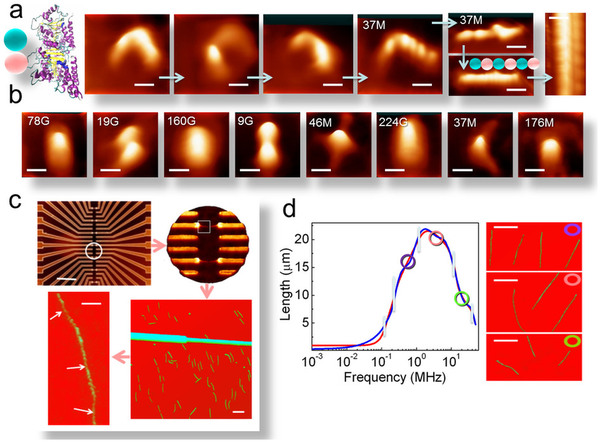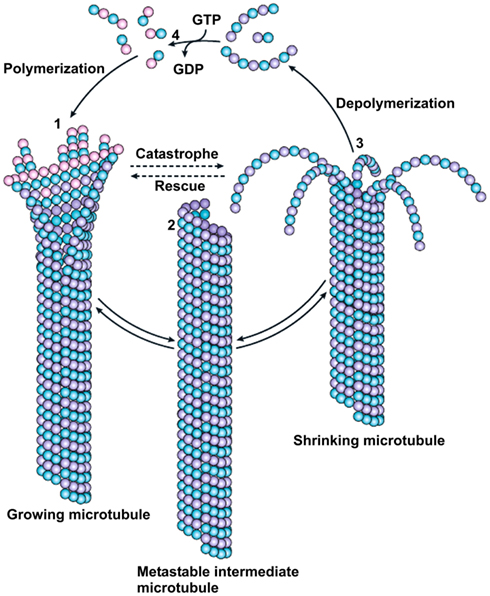Our brain and its nervous system can anytime be considered as the most machine. The body of the nervous system can anytime take any motion or physical position that it is competent off, can give response to any kind of form because of sensory input, or it can be also any other kind of request which might have been made either externally or internally.
Considering at a very higher level, these ancient partial mindsets have been evolutionarily adapted and combined to be able to adjust in four basic drives namely, feeding, fighting, fornicating and fleeing. All these drives are messaged proportionally to create the most unique and refined human thought. Researchers are not trying to develop the artificial nerve nets that will be able to perform the most useful information processing.
Each of the earlier mentioned drives are already present in every single real-life unit of the whole elephant that they are trying to stimulate. In simple words, it is difficult to understand how the brain is able to solve problem but we need to understand as to how single cells are able to solve the problem. This indicates that even the cells needs to have some brain.
Is there is brain in the cells?
The close up of the cellular actions clearly highlighted something like a large parasite being attacked by white blood cells and still the same question keeps lingering. Once the oily membrane, which is dabbed onto the underlying transitional action-based scaffolding, which is stripped off apart from the soluble cyto-plasmic paraphernalia diffused freely in the interior of the cells, what left is the free-ranging protist brain known as the microtubular cytoskeleton.
 Due to more importance of the cell’s behavior in the recent times, this confusion has been elevated with the additions of researchers trying to find out as to how a single filament is generated from tubulin monomers. The researchers have claimed to have found a spot which falls under 2-3 MHz range, where the tubulin monomers and polymers have a slower mechanical vibration during the overlapping in the presence of higher intrinsic electromagnetic vibrations.
Due to more importance of the cell’s behavior in the recent times, this confusion has been elevated with the additions of researchers trying to find out as to how a single filament is generated from tubulin monomers. The researchers have claimed to have found a spot which falls under 2-3 MHz range, where the tubulin monomers and polymers have a slower mechanical vibration during the overlapping in the presence of higher intrinsic electromagnetic vibrations.
They further added that polymerization could take place easily at this particular frequency. This specific mechanism can be utilize for controlling the cells in diseases and health. The researchers had to look into 64 different combinations of animals, plants and fungi tubulins apart from various pharmaceuticals known to be the best stabilizing and depolymerizing microtubules.
The ‘dynamic instability’ is the most common behavior that is displayed by Microtubules. Monomers have the ability to grow over on both the sides as well as the top of the growing microtubule. Disassembly causes the in-stability behavior.
Most of the researchers found that all the microtubule is not much impacted by intensity of driving field as well as concentration of the tubulin. What needs further explanation is the fact that the upwards of 40,000 tubulins assemble in less than a microsecond. This might seem like a problem for the researcher for the moment.

 Why Your Link Building Efforts Might Fail
Why Your Link Building Efforts Might Fail  How to Request or Give Remote Control in a FaceTime Call on iPhone
How to Request or Give Remote Control in a FaceTime Call on iPhone  The Rise of Intelligent Automation in Business Operations
The Rise of Intelligent Automation in Business Operations  The Best Ideas for Designing Your Custom Printed Ring Binder
The Best Ideas for Designing Your Custom Printed Ring Binder  How Technology is Changing the Way We Play Hearts
How Technology is Changing the Way We Play Hearts  The Rise of Open Source: A Journey to Innovation and Collaboration
The Rise of Open Source: A Journey to Innovation and Collaboration  How SD-WAN Is Revolutionizing Business Networks
How SD-WAN Is Revolutionizing Business Networks  Effective Digital Advertising Strategies for Modern Businesses
Effective Digital Advertising Strategies for Modern Businesses  Tips for Marketing Dental Packages: Easy Ways to Grow Your Reach
Tips for Marketing Dental Packages: Easy Ways to Grow Your Reach 